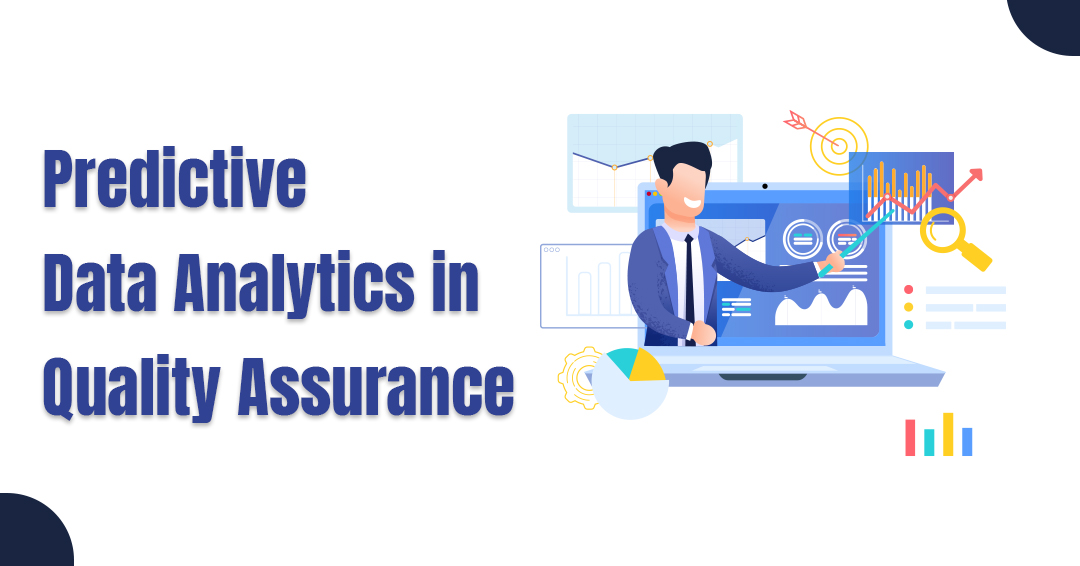Companies are always looking for ways to improve customer satisfaction, streamline processes, and boost revenue in order to achieve long-term success. However, optimizing website performance is often quite low on the list of things businesses focus on when it comes to attracting customers. The substantial impact of website performance optimization on customer acquisition should not be overlooked. No matter how many customers you manage to attract, they won’t stay on your website long enough to make a purchase if it is sluggish and unresponsive.
Performance engineering is proactive, continuous, end-to-end application performance testing and monitoring. Continuous feedback loops make it possible for teams, technologies, and processes to collaborate seamlessly. In addition to real-time insights and analytics, performance engineering involves end-to-end integration and collaboration from right to left and left to right.
This blog will be a deep dive into performance engineering, its impact on website performance, benefits, best practices, and challenges.
What is Performance Engineering?
Performance engineering is a proactive, ongoing, and collaborative technique for testing and monitoring software performance throughout the software development life cycle (SDLC). With this technique, businesses can detect performance problems early in the software development life cycle and carry out cost-effective testing. The primary objective of performance testing is to provide scalable, dependable, high-performance software that satisfies user and business needs.
Software testing is only one aspect of performance engineering. In order to allow continuous feedback loops that support optimal system performance, it also involves seamless communication between teams, processes, and tools.
Impact of Superior Website Performance
Conversion rates and website performance are closely linked. According to a study, a website load time delay of 100 milliseconds might cause a 7% drop in conversion rates. You can boost your conversion rates by streamlining the process from product discovery to checkout. Not to mention, websites that provide a great user experience are given priority by search engines. A website that performs well is more likely to appear higher in search engine results, gaining exposure and drawing in organic search visitors. This enhances the effectiveness of your paid marketing campaigns and adds to a comprehensive customer acquisition strategy.
Benefits of Performance Engineering
- Find Issues Early
The ultimate goal of including Performance Engineering in your approach is to identify any flaws, logical fallacies, issues with the user interface, trouble with peak load performance, etc., ahead of time. The process ensures that all issues are resolved before the software is delivered to the QA team.
- Improved Experience
An application’s performance has a significant effect on the user’s experience. Any performance issue that results in the app crashing or functioning incorrectly has the potential to turn off users, both current and potential. By conducting app testing during the entire SDLC, performance engineering enhances user experience. In addition to saving time in the process, performance engineering makes it simple to identify the source of error in an increasingly complicated system.
- Faster Time-to-Market
With performance engineering, businesses can rest assured that knowing that their developers, testers, and designers won’t have to dedicate a lot of time to ensuring the software’s quality once it is produced thanks to a process like this in place. Because the process of resolving bugs and issues is done during the development stage, the rest of the procedures run smoothly from start to finish, which speeds up delivery and time to market.
- Cost-Efficient
Performance engineering approaches align well with agile approaches because they address performance concerns much sooner in the software development life cycle (SDLC) by taking a shift-left strategy. In contrast to performance testing, performance engineering is guided by business requirements. By identifying possible performance issues early in the SDLC, performance engineering helps your business cut costs. This is because from the moment the software is delivered, the cost of resolving a problem rises tenfold.
Performance Engineering Best Practices
Refactor Instead of Tuning
Companies frequently tune the systems to address performance-related problems and to achieve desired results. Although this tuning method may produce notable benefits, these outcomes pale in comparison to the benefits of a well-designed performance engineering system. A tuning project is unable to make use of the present architecture. While the tuning method may save businesses time, it is not cost-effective in the long run.
Run Each Test Multiple Times
You can verify the reliability of the results you are comparing by repeating a test several times. The same outcomes should be obtained from a test conducted at various times in the same testing environment. Because it makes it simple to compare test cases, test reliability is a crucial consideration when implementing performance engineering in an organization.
Integrate Performance Engineering Early
By implementing performance engineering early, engineers can detect and resolve possible performance problems before they arise. This makes it possible to optimize the architecture, coding, and design of the system more effectively from the outset, leading to a more scalable and effective system. Without this procedure, performance issues might not be discovered until much later. This leads to higher development costs and project delays.
Challenges of Performance Engineering
- Lack of Understanding
A lack of knowledge of the performance engineering process, including the necessary tools, resources, specialists, and best practices can cause significant challenges for businesses. These challenges include not allocating resources effectively, fine-tuning procedures inadequately, and failing to achieve the intended outcomes.
- Choosing the Right Tools
Selecting the right testing tools is one of the hardest decisions for your business. Performance engineers now have access to more testing tools, and testing has become a crucial component of CI/CD. It can be difficult for businesses to assess and select tools that fit their objectives, financial limitations, and technological infrastructure.
- DevOps Optimization
As the fundamental components of DevOps are continuous integration, delivery, and deployment, performance testing is required at various stages. However, It can be quite challenging to seamlessly incorporate performance testing into DevOps iteration cycles. It is therefore imperative for organizations to achieve a balance between speed and quality when integrating performance testing into their DevOps processes.
- Expensive
Performance engineering necessitates a large investment in infrastructure, specialized tools, and trained labour. The cost of acquiring and maintaining these resources is high. Furthermore, it takes time to optimize this procedure, which raises the total cost of investment.
The Wrap
Modern software development relies heavily on performance engineering, which improves system stability and performance from the ground up. The best possible performance and user experience can be guaranteed by taking proactive measures to address performance issues.
You can enjoy the benefits of performance engineering by partnering with an experienced and reliable software development company that offers top-notch IT consulting services and QA consulting services. You can also work with us to hire developers who can boost the efficiency of your in-house development team!









